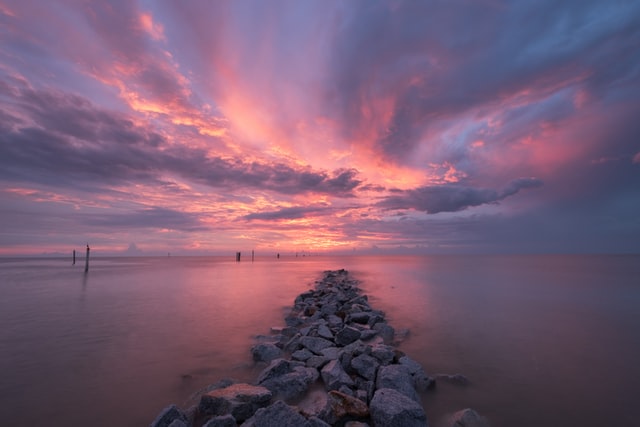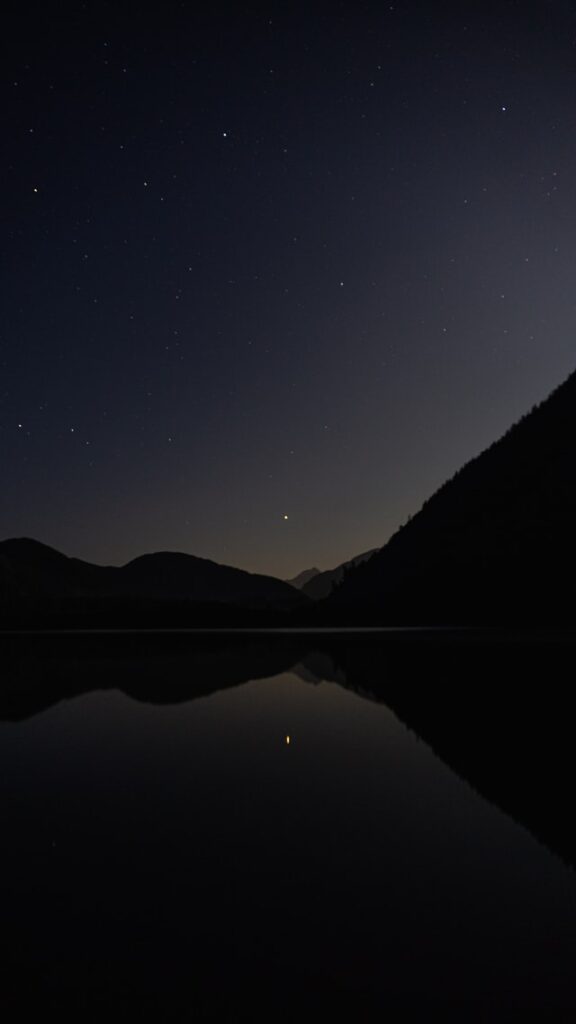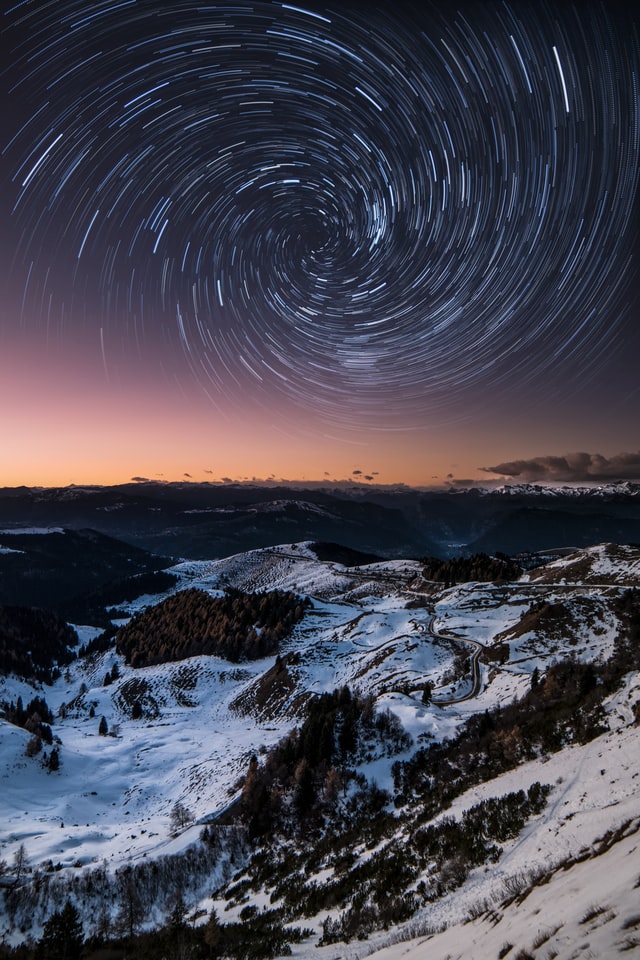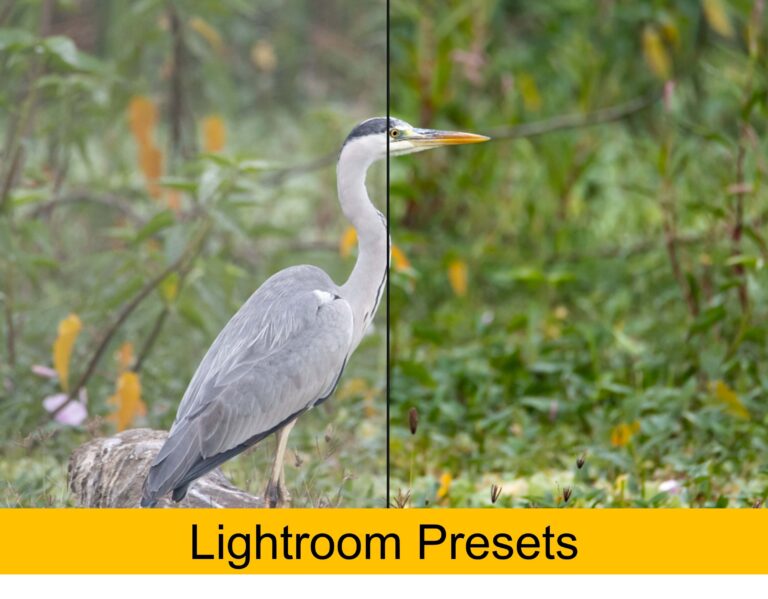Twilight is a time of day when the sky is not dark, but it’s also not bright. Twilights happen early in the morning and late at night, and they are often broken into three categories: civil twilight, nautical twilight, and astronomical twilight.
In this post we’re going to take a look at what these different twilights mean and which is important for photographers.
Why knowing the twilight time is important for photographer?
The harsh and unflattering light of the middle of the day is something that every photographer wants to avoid. It’s the light just before and after sunrise and sunset that we all desire.
In order to plan ahead and do a better photoshoot , photographers always want to know the precise twilight time or the golden hour.
However, if you go to a weather site and look up the time of sunrise and sunset, you might be perplexed because there are three distinct twilights listed.
To make things easier on you, let’s talk about the differences between civil twilight, nautical twilight and astronomical twilight.
What is a twilight?
A twilight is the period of morning and evening when dark lasts for more than a few minutes but it isn’t completely dark.
This is just before the sun rises and just after the sun sets.
By definition the twilight means “the soft glowing light from the sky when the sun is below the horizon, caused by the reflection of the sun’s rays from the atmosphere.”
The twilight is differentiated by the angle that sun makes with the horizon. Based on this there twilights derived Civil twilight , nautical twilight and astronomical twilight.
The angle that sun makes with horizon is different in all these three cases. Lets see what are these and what’s important to us as a photographer.
Civil Twilight and use for photographers
In the morning the civil twilight is the time from when geometric center of the sun is 6 deg. below the horizon to the actual sunrise.
Similarly in the evening the civil twilight is the from the sunset to the time when sun is 6 deg. below the horizon.
Civil twilight is the time zone when light is adequate to see for normal human eyes. No artificial source of illumination is generally required.
This is the reason it is know as Civil twilight.
Photographers always need to refer Civil twilight for all practical purposes. Twilight is the part of the golden hour when a photographer gets the best lighting conditions to take some great pictures.
You may need to use a slightly higher ISO value during this period such as ISO 400 or ISO 800.

During Civil twilight only very bright stars can be seen in the sky and this time is of no use for sky or astronomical photography.
That being said the photographic opportunities do not end with the civil twilight , you can continue to shoot further.
Light is too bright during civil twilight for long exposure photography. After this period is over , it becomes darker and that’s where you can get some stunning seascapes and long exposure landscapes.
Nautical Twilight : Ideal for long exposure photography
Morning nautical twilight (nautical dawn) begins when the geometric center of the sun is 12 deg. below the horizon in the morning and ends when the geometric center of the sun is 6 deg. below the horizon in the morning.
This means that in morning nautical twilight occurs just before the civil twilight.
Evening nautical twilight (nautical dusk) begins when the geometric center of the sun is 6 deg. below the horizon in the evening and ends when the geometric center of the sun is 12 deg. below the horizon in the evening.

This means that in evening the nautical twilight occurs just after the civil twilight.
Nautical twilight is a little too dark for normal photography work. Modern DSLR and Mirrorless cameras however have strong high ISO performance and can give some good photographs even in this twilight region.
This time however is most suitable for long exposure seascape and landscape photography.
Nautical twilight as the name suggests is used by sailors.
Sailors can take reliable star sightings of well-known stars, during the stage of nautical twilight when they can distinguish a visible horizon for reference.
Astronomical twilight : For star trail and astronomy photographers
Morning astronomical twilight begins (astronomical dawn) when the geometric center of the sun is 18 Deg. below the horizon in the morning and ends when the geometric center of the sun is 12 Deg. below the horizon in the morning.
Thus in the morning astronomical twilight occurs just before the nautical twilight.

Evening astronomical twilight begins when the geometric center of the sun is 12° below the horizon in the evening and ends (astronomical dusk) when the geometric center of the sun is 18° below the horizon in the evening.
Thus in the evening the astronomical twilight occurs just after the nautical twilight.
As the name suggest this twilight and period in-between can be used by astronomers and hence by astronomy photographers as well.
This time is of no use for any normal photography work , even long exposure photography will need more than 60 Sec. of exposure time to get any meaningful result.
Summary : Civil , Nautical and Astronomical twilight
Civil twilight is the one all photographers should use to plan their photoshoots during the golden hour in the morning and evening. This is the time when light conditions are ideal for photography.
Nautical twilight is generally used by sailors , for photographers long exposure possibilities exist during this time.
During astronomical twilight and in-between two such events astronomers can look at the sky easily and astronomy photography and star trails are also possible.



